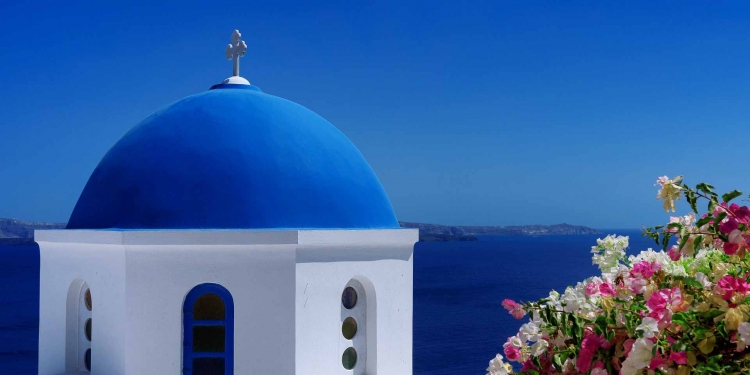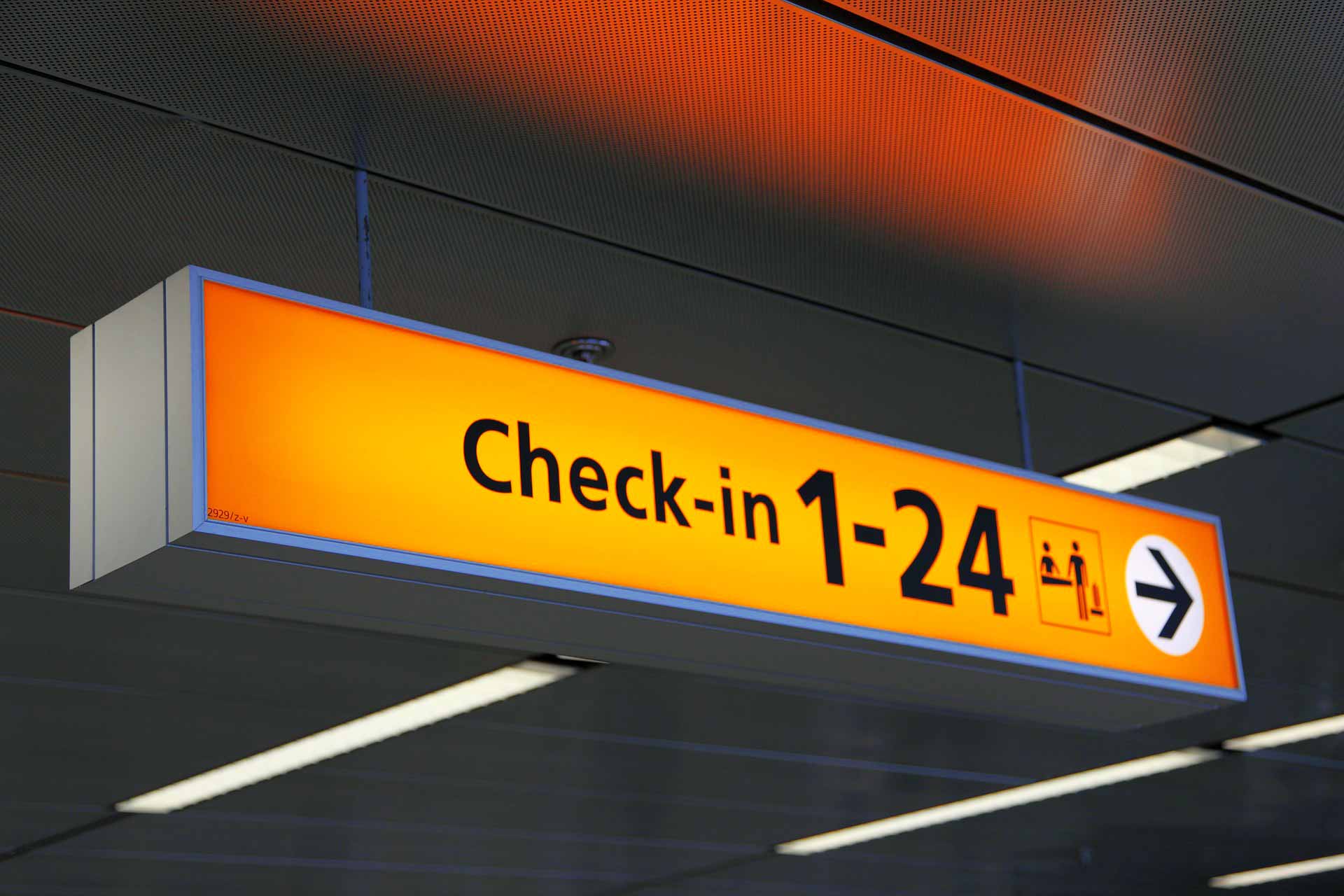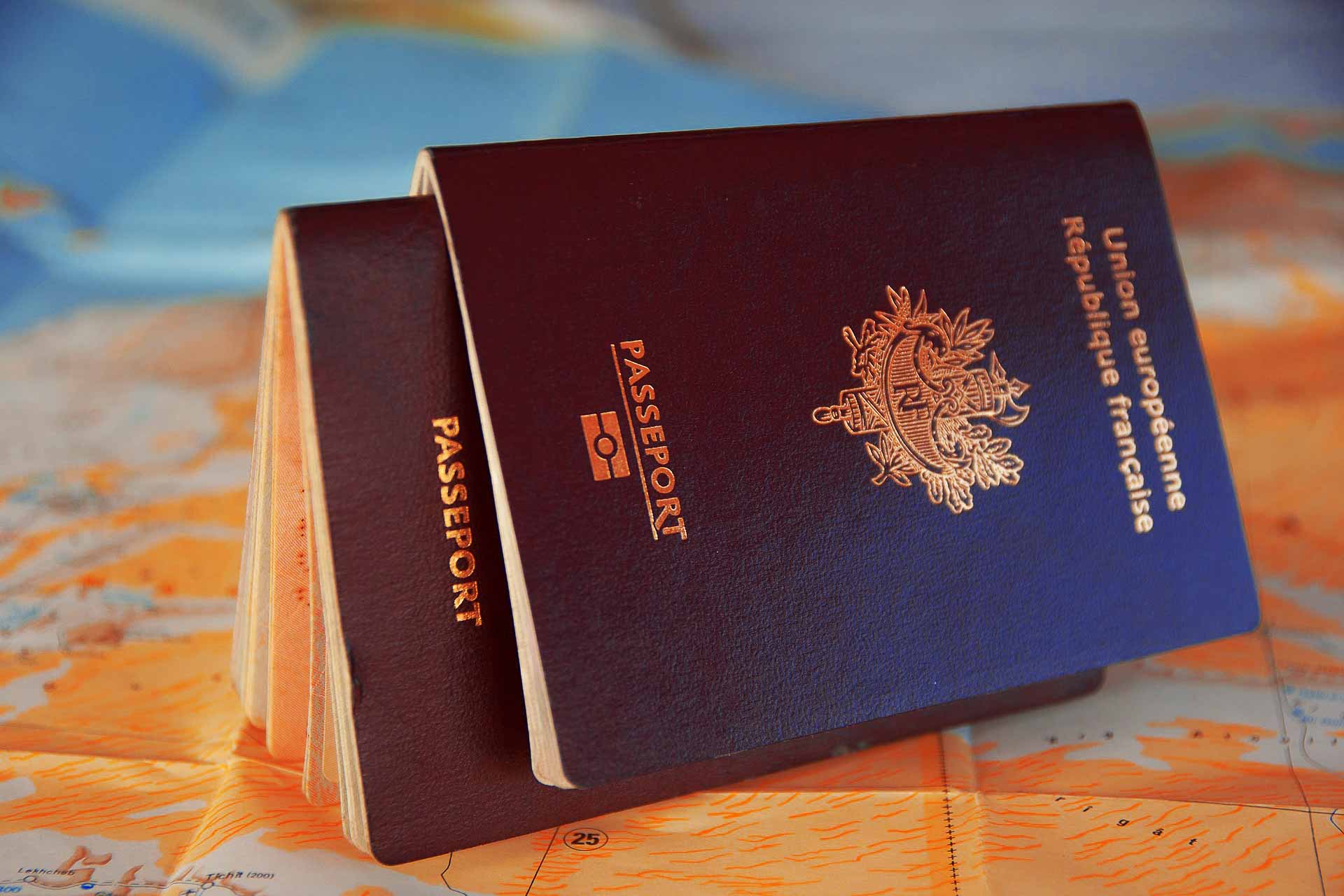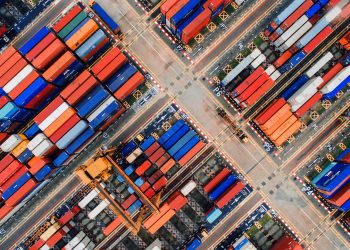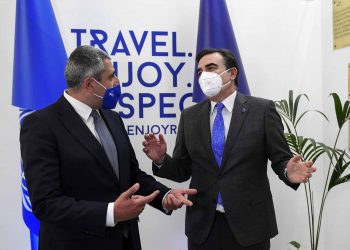Slow travel is the ultimate trend guide for 2020 Summer in post-COVID times. If you feel like you too need to relax and slow down, you can learn more about the new Tourism – Travel trend.
Tourism basically takes things slow! The new ‘Slow Tourism’ trend Slow travel takes the pressure to tick off all the usual tourist hotspots. In post-COVID Summer period, tourism could be this year “Slow” and “Smart”.
Safely resuming tourism services
The coronavirus outbreak is a serious threat to public health. Lockdowns and other coordinated restrictive measures are necessary to save lives. However, these measures may also severely slow down our economies and can delay the deliveries of critical goods and services. The European Commission has taken measures to ensure continued and uninterrupted land, waterborne and air cargo services. These services are of crucial importance for the functioning of the EU’s internal market and its effective response to the current public health crisis.
When will I be able to travel in Europe?
As they lift domestic restrictions, national authorities should also progressively lift restrictions at borders. Where not appropriate to remove controls entirely, they should be relaxed partially, in a targeted way. Citizens should get access to complete, clear and updated information provided by national authorities.
June 15 will be the re-Open Borders Day of Schengen Area
Schengen Area Borders closed since mid-March due to the coronavirus epidemic. France agreed to re-open borders with Germany by June 15. Germany and Austria reopen border for everybody on 15th June. Belgium also wants to open borders by 15 June, if the COVID outbreak allows. The Schengen zone banned also until June 15 all non-essential visitors from elsewhere.
EU open borders for outside travellers and tourists by July 1st
July 1st will be the EU Open Borders Day for outside travellers. Ylva Johansson, European Commissioner for Home Affairs noted that EU will consider the gradual lifting of restrictions on non-essential travel to the EU early July.
Travel and tourism in Europe
The EU guidelines represent general principles for the safe and gradual restoration of passenger transportation by air, rail, road and waterways. They also contain practical recommendations on, for example, limiting contacts between passengers and transport workers, and the passengers themselves, and on the use of personal protective equipment while travelling. Dedicated recommendations are given for each mode of transport.
The Commission set out a common framework which provides criteria for a safe and gradual restoration of tourism activities and the development of health protocols for hotels and other forms of accommodation, to protect the health of both guests and employees. These criteria include epidemiological evidence; sufficient health system capacity being in place for local people and tourists; robust surveillance and monitoring, testing capacity and contact tracing.
Slow Tourism
What is Slow Travel and Slow Tourism?
Exact definitions of the concept of slow tourism vary, but it’s essentially an ethos that has grown up in recent decades as a response to mass tourism, which seems to be all about cheap thrills and selfies. Slow Tourism emphasises on a leisurely-paced, quality-centric itinerary. It stresses on spending immersive span of time in one destination over hop scotching to a number of varied places.
The Art of Slow Travel
Slow Tourism could be the solution this year for a Healthy Summer 2020. This trend can apply to getaways of all shapes and sizes. It can be anything from a relaxed weekend break in a European city to 30 days Slow Trip in Greek islands, as long as the goal is to take things slowly. It can take the form of a week-long walking trip in the Alps to a plane ride exchanged or an extended train journey.
Slow-Tourism and the local meetings challenge
Slow travel re-engineers time, transforming it into a commodity of abundance rather than scarcity. And slow travel also reshapes our relationship with places, encouraging and allowing us to engage more intimately with the communities through which we travel.
TOP COVID-Free travel destinations to book 2020 Sumer Holidays
SLOW TRAVEL IS NOT ABOUT MONEY OR PRIVILEGE. SLOW TRAVEL IS A STATE OF MIND.
– Slow Tourism Academy
This trend of Slow Tourism focuses on local populations, longer lengths of stay, and more fulfilling tourist experiences. Health and wellness will be other areas that will gain increasing priority within the global tourism sector. With the heightened awareness of health and wellness and also the requirement for social distancing, the demand for more hygiene and sanitation in tourist destinations will grow.
Is Europe COVID-Free? EU leaders warn for second Coronavirus wave
In post-COVID times, we define Slow tourism as a travel philosophy which allows you to see the more authentic side of a destination from the experience of a Smart Safe Traveller. Meeting new people, trying different cuisines, exploring places is fun. Slow tourism is based on similar thoughts. It is a culture that has grown exponentially in these past few years. Slow Tourism, is what people like to call it. It has no specific definition as such but today Slow Tourism puts health and safety first.

